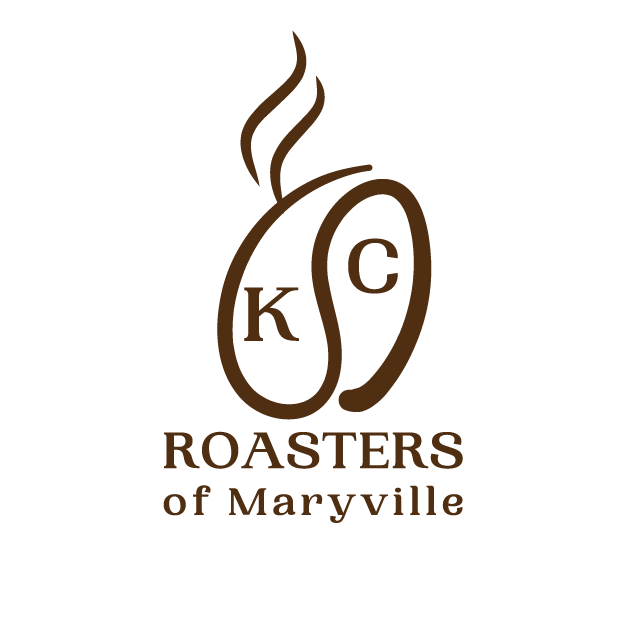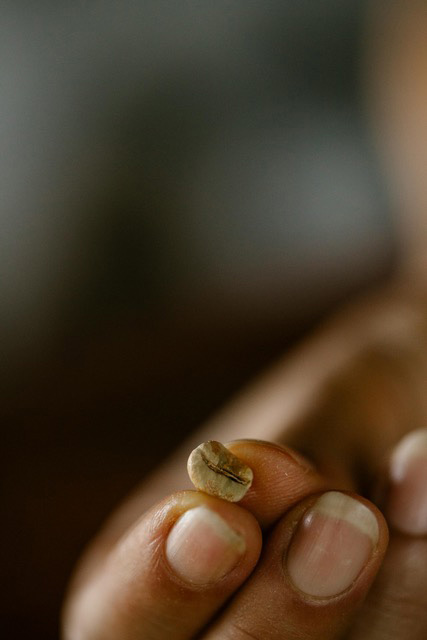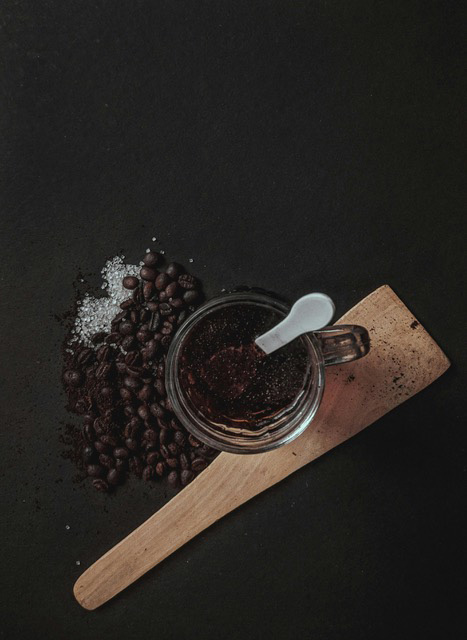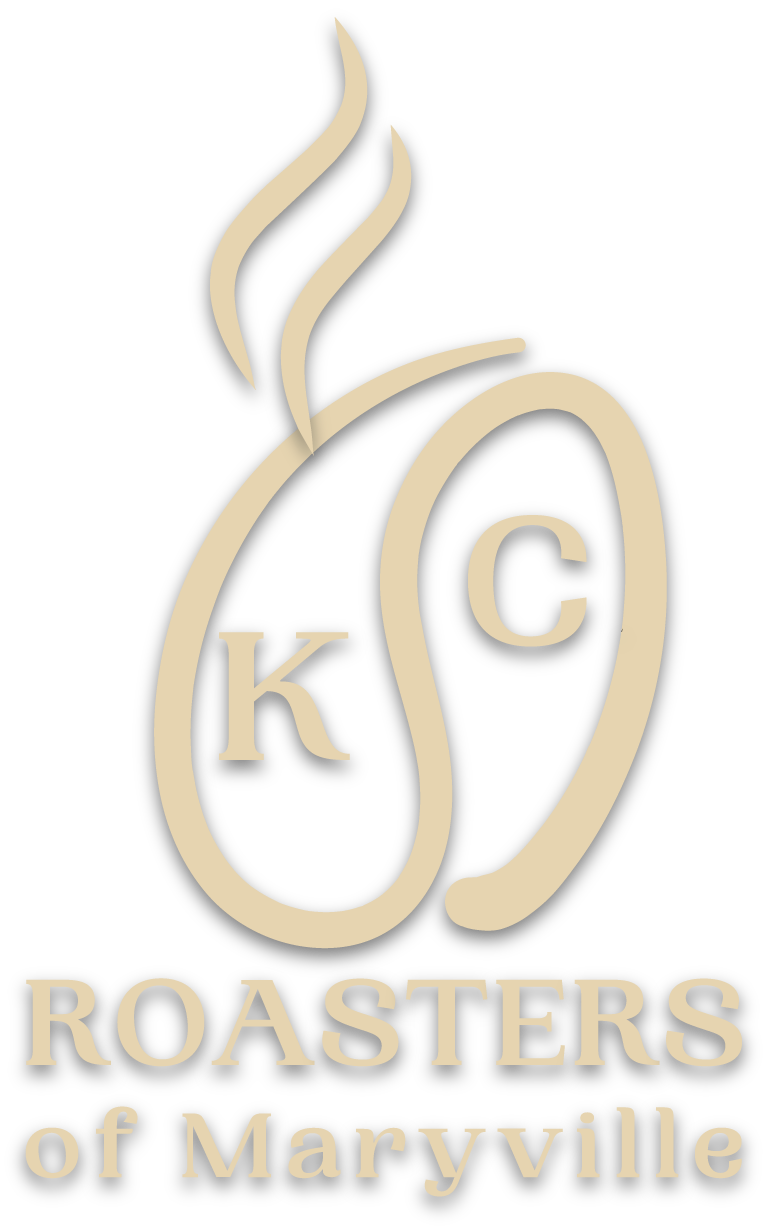ABOUT THE BEANS
At KC Roasters, we are intensely focused on "the BEAN", not "the blend".
It seems like everyone is always yammering about “the blend”. At KC Roasters of Maryville, we are investing the time and energy to really get to know the bean, with the goal being that we know it so well that we can bring out the flavors we seek by the techniques employed in roasting. THEN we will talk blend.
Thoughts on the coffees typically found on the shelves of big box and small convenience stores that must carry a little bit of everything:
Those people do not invest a whole lot of time or thought in what that bean tastes like. They care more about whether it is legally ok to sell it, and how cheap it is. Often, the quality control in these situations is hit and miss, especially in the poorer areas of any of the “coffee countries” It seems people think nothing of beans from farm A being sent to farm B to go into a bucket destined to go to wash station Q, with others maybe landing at wash station x where it has been raining a lot lately.
It’s not a good thing.
Don’t get me wrong, many good important things are happening in the industry, there are “boots on the ground” on mountains in faraway lands with no roads growing particular beans they have not been able to grow that high before, working with some of the folks there sharing their knowledge, their respect for the land that the trees grow on. For some of the quality bean brokers for lack of a better word, there is a lot of education and experimentation going on all the time, the West has important information to share, but it is a slow, very involved thing, this bean we wake up to on the daily.
We take the time to look at, feel, and even smell every shipment of green beans that comes in. We spend time getting feedback from roasters around the country, and we are in a continuous state of learning. One of our greatest joys is knowing we have passed legit important information to people intrigued by just…all of it. The information changes all the time, the prices vary, the harvests are never identical, there are good years and there are bad years. AND we don’t sell it if it is at the 30–45-day mark.
Often the “premium” lines, who are JUST NOW starting to talk about how they too are now dabbling in “single origin”, are likely no better, because my guess is they are taking that same coffee bean and dressing it up in a fancy overpriced custom mylar bag with a valve.
In most instances, I would venture to guess that what you end up with is a hodgepodge of beans, with no consistency from all over the place being washed and dried in different ways, thrown together in a bucket, and divvied up. I am still researching, and still cannot find where it states that after x number of years, you need to not use those beans any longer. THAT makes no sense to me. Not in modern times. You have our word; we do our homework. You will NEVER buy a bean that has been sitting on a shelf in a warehouse since 2019 from KC Roasters of Maryville. The big guys don’t have time for all that. One of the most important things to us is that we do not ever want to stretch so far that we DON’T have time to do this right, and that’s why you don’t find us everywhere. We truly are “that” particular.
One of our bottom lines: We do not sell beans when we determine that it doesn’t meet our standard. We toss it at 30-45 days, throw it in the garden, or do a body scrub with it. Our standard is higher than most, and it is reflected in the taste of the coffee. If your norm is getting the bag at the big box, promise me that the first time you prepare ours, that you do it right, and EXPERIENCE it. It’s that special.
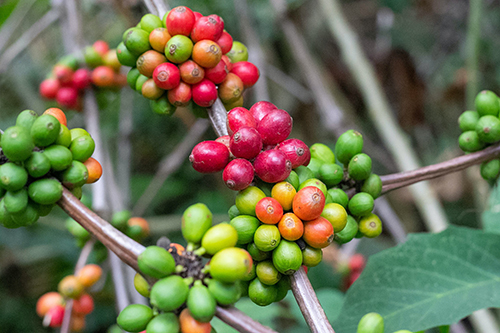
The trend is the blend. But really?
Here’s the bottom line. You won’t find “trash beans” in your coffee. We toss out the stale ones, we maintain control over the quality of the bean, we visually inspect, AND we pull from the shelves at 30 days (unlike most roasters/sellers). We personally visit our retail locations to check inventory, make sure we have variety for you, check expiration dates, etc. On the flip side, we are constantly looking at current information about our farms, their harvest, the weather they’ve had – what weather is coming. The high quality from a good bean equals exceptional taste.
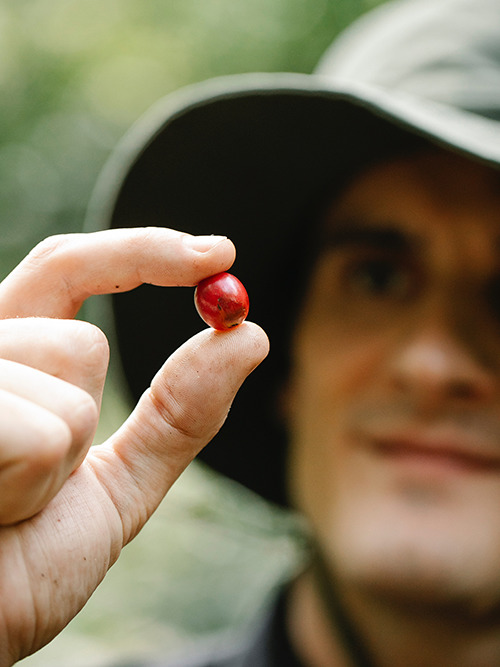
You might "think" you're getting Columbian Arabica at the store, but...
Mass production manufacturers for the grocery stores don’t guarantee a particular kind of bean. You might not think that’s a big deal, but the proof is in the TASTE. Not to mention the fact that the chaff (bean husk), is likely making up part of your bulk weight. If you want a true 100% bean, don’t settle for poor quality coffee. Also, who’s checking for coffee that’s not 4 years old? There’s not really a way for them to economically check all the store shelves, which is why you’ll never find us there!
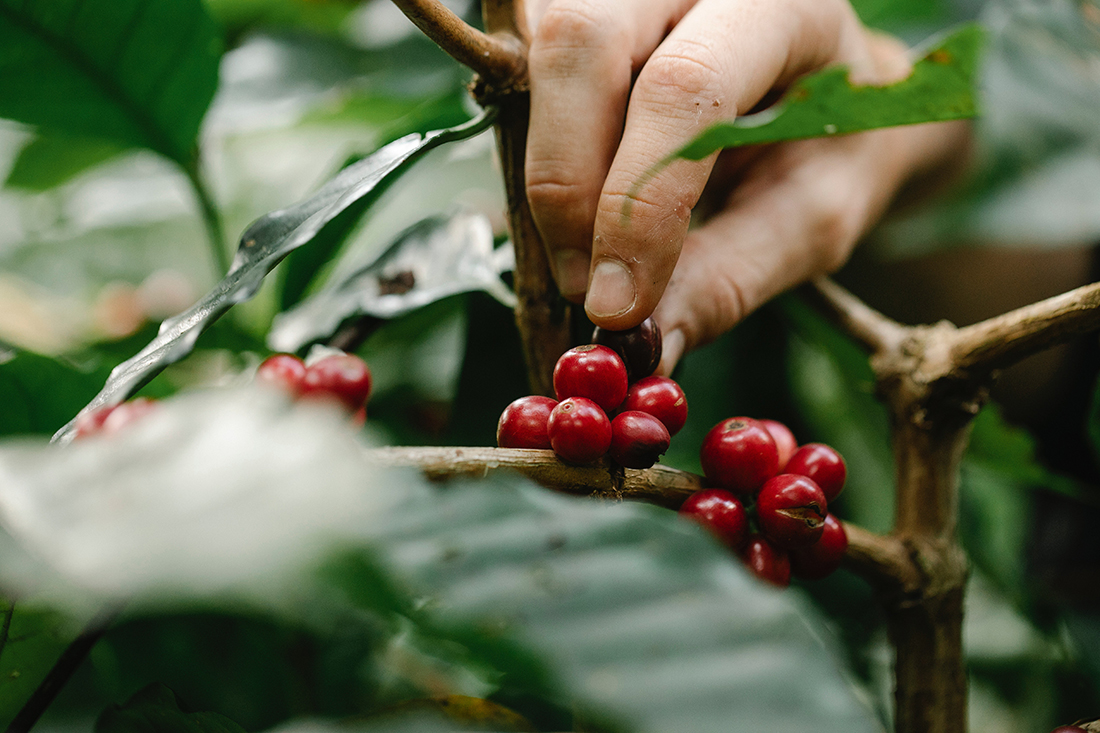
Micro-Roasting. That's where it's at.
As a micro-roaster, we roast in smaller batches, which means the coffee is fresher when it reaches you. Freshness significantly impacts the flavor and aroma of the coffee. We pay close attention to the roasting process. We experiment with different roast profiles, carefully controlling factors like temperature and duration to highlight specific flavor notes in the beans. We source high-quality, specialty coffee beans from specific regions. These beans are chosen for their unique flavor profiles and can offer a more distinctive taste compared to mass-produced beans. Supporting us, as YOUR micro-roaster, can contribute to the East Tennessee local economy and community. Subscribe for a no-stress, never empty coffee cup experience, or shop now!
Subscribe to
Our Newsletter
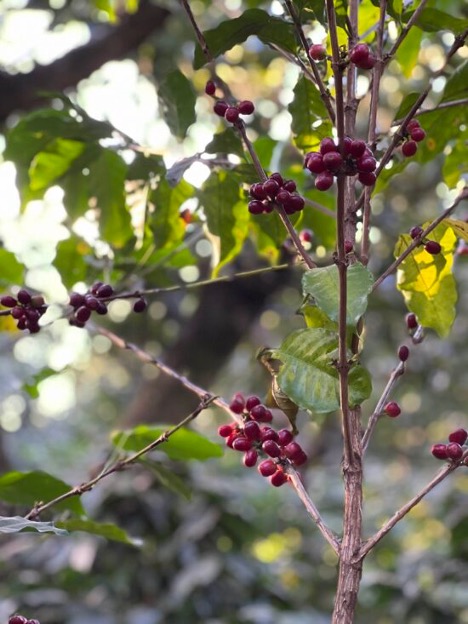
From Harvest to Marvelous
Coffee beans are typically harvested once they have ripened. This is done either by hand-picking, which is more common for high-quality coffee, or by using mechanical harvesters for larger-scale operations. After harvesting, the coffee cherries are processed to extract the coffee beans.
Milling:
The processed beans are then milled to remove any remaining parchment or husk. This results in what is known as green coffee beans.
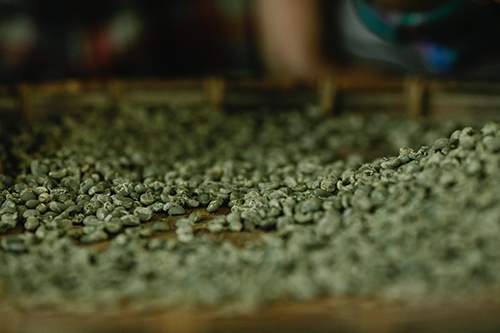
Green Beans?
Coffee beans are initially green when they are harvested. They turn brown during the roasting process.
Sorting and Grading:
Green coffee beans are sorted and graded based on factors like size, weight, and quality. This helps categorize the beans for different markets and roasting profiles.
Roasting:
The green coffee beans are roasted to bring out their flavor. Roasting is a complex process that involves applying heat to the beans, causing them to undergo various chemical changes. The roaster carefully monitors temperature and time to achieve the desired roast level, which can range from light to dark. Read more about the roasting process.
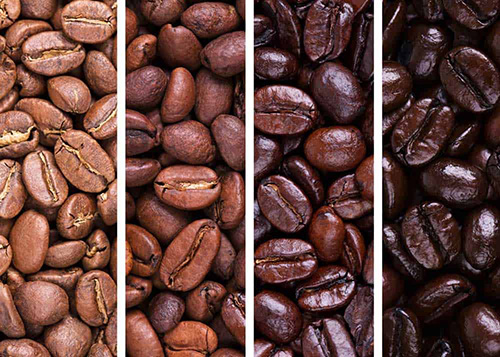
Mmmmm Roasted
Cooling:
After roasting, the beans are rapidly cooled to stop the roasting process. This is usually done by blowing cool air over the beans.
Grinding:
Coffee beans need to be ground to the desired consistency for brewing. The grind size depends on the brewing method.
Brewing:
Finally, the ground coffee is brewed, creating the familiar coffee beverage. This can be done through various methods, pour-over, drip machines, French presses, etc. (see how-to tips on this here).
